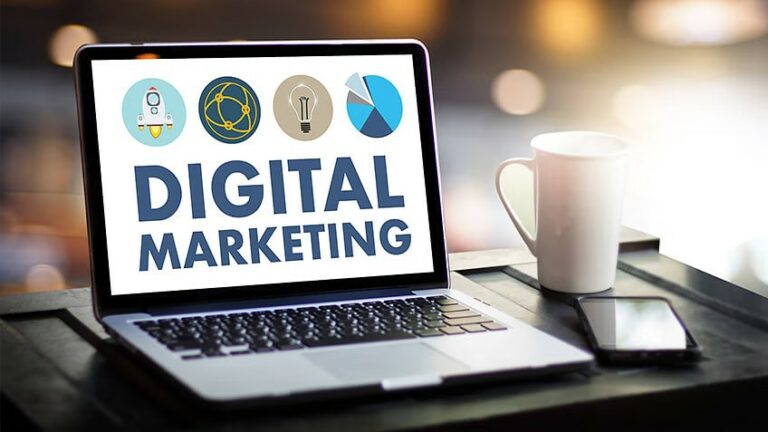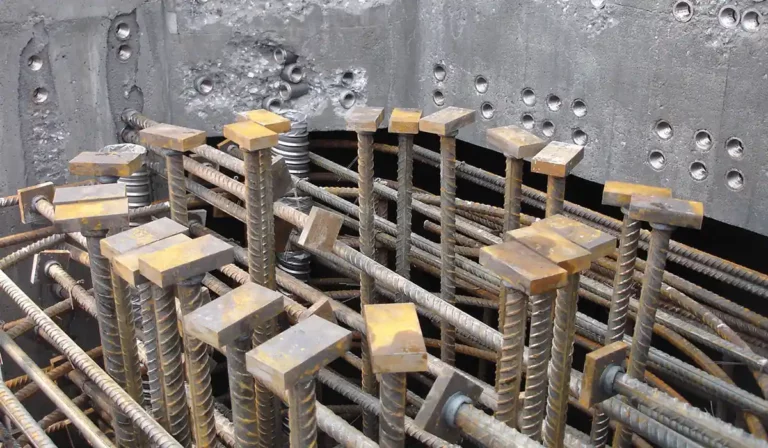High-traffic areas are prone to dust generation from various sources. Construction sites, for example, see dust arising from activities like demolition, excavation, and material handling. Whether it’s a busy construction site, a bustling industrial facility, or a heavily used public space, managing dust effectively helps to protect workers, residents, and the environment. Identifying these sources and the associated health risks, including respiratory issues and environmental contamination, highlights the need for effective dust control measures. Implementing several BossTek best practices for dust control ensures compliance with regulations and enhances overall air quality.
Here are the key strategies for managing dust in high-traffic areas.
Planning and site assessment
Effective dust control begins with thorough planning and site assessment. Conducting a detailed analysis of the area helps identify potential dust sources and high-risk zones. This assessment should consider factors such as the type of activities being performed, the volume of traffic, and environmental conditions like wind patterns. Developing a comprehensive dust control plan tailored to the specific needs of the site is essential. This plan should outline the measures to be implemented, the responsibilities of personnel, and monitoring and maintenance protocols.
Implementing traffic management strategies
Managing traffic flow is a crucial aspect of dust control in high-traffic areas. Limiting the speed of vehicles and machinery reduces the amount of dust stirred up from surfaces. Establishing designated pathways for vehicles and pedestrians helps contain dust in specific areas, minimizing its spread. Additionally, restricting access to non-essential personnel and vehicles can further reduce dust generation. Marked signage and barriers guide traffic efficiently and support the implementation of dust control measures.
Use of dust suppression techniques
Applying dust suppression techniques is essential for controlling airborne particles. Water spraying is a widely used method, where surfaces are regularly moistened to prevent dust from becoming airborne. In high-traffic areas, automated misting systems or water trucks can be deployed to ensure consistent and effective coverage. However, it is important to use water judiciously to avoid over-saturation, which can lead to slippery conditions and erosion. Chemical dust suppressants are another option, providing longer-lasting dust control by binding particles together and preventing them from becoming airborne.
Regular cleaning and maintenance
Maintaining cleanliness through regular cleaning and maintenance is vital for dust control. Sweeping or vacuuming surfaces, especially in high-traffic zones, prevents dust accumulation and re-suspension. Industrial vacuums equipped with HEPA filters are particularly effective in capturing fine dust particles. In construction and industrial settings, using dust collection systems on equipment can significantly reduce dust emissions. Scheduled maintenance of machinery and equipment also prevents dust generation due to wear and tear.
Monitoring and adjusting control measures
Continuous monitoring and adjustment of dust control measures ensure their effectiveness. Installing real-time dust monitoring devices provides valuable data on dust levels and helps identify areas where control measures need reinforcement. Regular site inspections and assessments allow for the timely identification of any issues or changes in conditions. Adjusting traffic management strategies, suppression techniques, and cleaning schedules based on monitoring results ensures sustained dust control in high-traffic areas.
Effective dust control not only enhances air quality but also contributes to the overall well-being and sustainability of high-traffic areas. Best practices for dust control in high-traffic areas involve a combination of planning, traffic management, and implementing effective dust suppression techniques. This makes implementing effective strategies easy, which can significantly reduce dust emissions.










